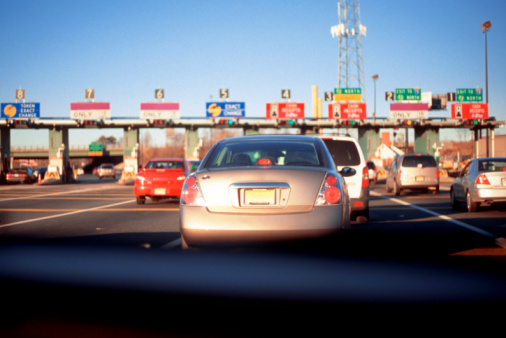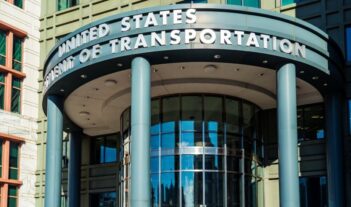
Federal highway authority calls for balancing public policy objectives with private investment.
The private operator of a toll road in Indiana recently filed for bankruptcy, “the latest example of a private investment in public infrastructure that failed to meet expectations,” according to a report in the Wall Street Journal. Still, as transportation infrastructure in the United States continues to deteriorate, public-private partnerships are becoming more and more common. To combat toll road failures, the U.S. Department of Transportation’s Federal Highway Administration issued a contract guide for state and local agencies pursuing toll road projects in partnership with private entities.
The guide presents a model for structuring public-private partnerships in U.S. highway development projects. It states that the public entity “may establish a series of limitations” on the private entity’s tolling rights in order to “address important public policy objectives” and properly allocate risk. If, in a highway project, the partnership decides that the private entity should bear the economic risk of whether the highway is actually used (also known as “user demand”), the partnership may develop a toll road concession contract. Toll road concession contracts are agreements that provide private partners with the right to establish and enforce tolls in exchange for constructing and financing a road.
Given the diversity of public-private projects within the transportation sector, “a set of prescriptive, standardized contracts for use in public-private transactions would not be acceptable or desirable” to all state and local agencies. Therefore, the guide aims to serve “as an educational reference” for agencies looking to form public-private partnerships.
The guide says that toll rates “are generally determined by an algorithm agreed upon by the [private entity] and the [government agency].” Further, the guide suggests that the private party should be subject to “little restriction” on setting toll rates because the private party often bears the risk of a drop in user demand.
In practice, however, because toll road projects directly impact the public, private and public partners must compromise. In part, toll rates might depend on consumer demand because the private entity may rely on toll revenue to build, maintain, and expand the project in accordance with use. However, since toll rates can come under public scrutiny, like when commuters argue that the tolls adversely affect low-income drivers, the public entity should maintain some type of veto power over the toll rate, according to the guide.
Additionally, the guide points out that the public entity may want to exempt certain vehicles from having to pay tolls. For example, lawmakers may wish to exempt ambulances, police cars, and fire trucks from toll fees. Or, they may want to promote fuel efficiency and traffic congestion relief by exempting commuter buses and taxis. Some states, like Florida and Georgia, have attempted to promote carpooling by providing registered carpool vehicles with a toll exemption or discount.
The guide also states that public entities should generally reserve the right to suspend tolling collection, despite its impact on the private entity. During Hurricane Sandy, for example, region-wide tolls were suspended to speed up public evacuation. However, public entities were not liable for private toll revenue loss. That does not mean that public entities can always escape liability. In the Hurricane Sandy example, if the toll exemption covers other toll roads that are not similarly affected by the need for speedy evacuation, the public entity may be liable for the private entity’s toll revenue losses.
Ensuring that public-private partnerships prioritize the public welfare requires a difficult balancing act. When allocating risk and reward, the guide states that toll road agreements must “leave enough incentive for the [private entity] to perform at the highest levels.” However, the guide also attempts to leave space for public partners to maintain certain rights to ensure that the public good—both specifically, as in the physical public road, and more generally, as in equal and just access to that road—is rightly delivered. While the guide provides a model for state and local governments considering public-private partnerships, exactly what those contracts should look like, and thus what the balancing act should entail, is a matter of debate.
The debate about balancing interests is likely to permeate other sectors, as well. Public-private partnerships form in a range of critical public sectors around the world, such as water, waste management, and education, and are no stranger to critique. Recent research from the University of Toronto highlighted flaws in how governments assess the benefits of public-private projects as opposed to more conventional projects. Nevertheless, some scholars argue that the U.S. is fertile ground for an emerging public-private partnership market.



